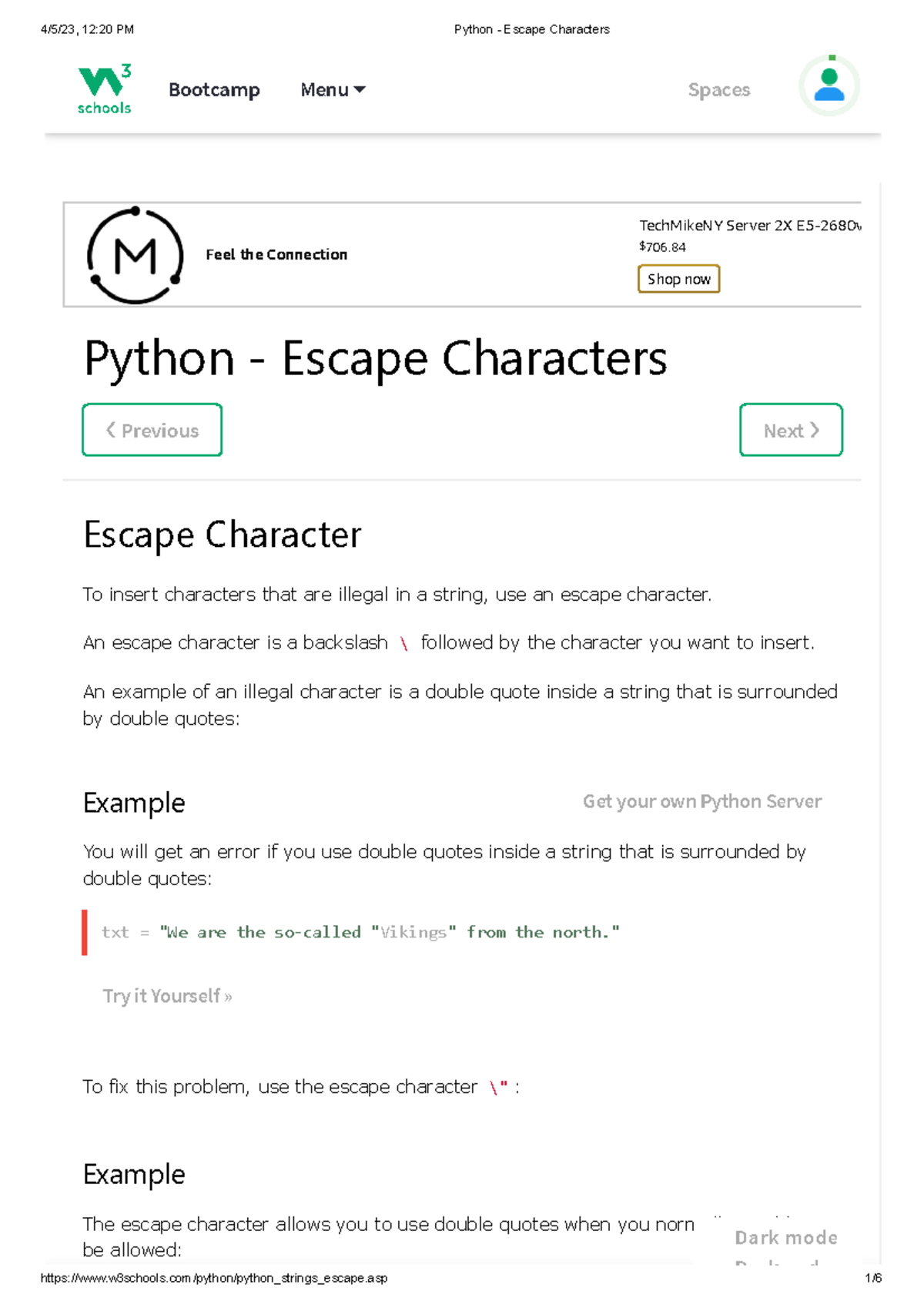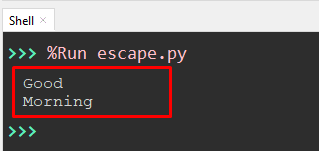Unlocking the Power of Python: A Comprehensive Guide to Escape Characters in 2024
BlogTable of Contents
- Python Escape Sequences Quick View - TechPaste.Com
- Python Escape Sequences Simplified: Represent Special Characters ...
- Escape Character in Python #python #pythonprogramming #coder #coding # ...
- Mastering Python Basics: Understanding Escape Sequences - YouTube
- 2. Python Coding for Kids - ' Escape Characters in Python' (Hindi ...
- Escape Characters in Python, With Examples
- Python - Escape Characters - 4/5/23, 12:20 PM Python - Escape ...
- Escape Characters In … - Ava Hunter
- Escape Sequences or Characters in Python - Coding Ninjas
- Escape Characters in Python | Explained with Examples – Its Linux FOSS

As a Python programmer, you're likely no stranger to the concept of escape characters. These special characters play a crucial role in helping you navigate the complexities of string manipulation and formatting in Python. In this article, we'll delve into the world of escape characters, exploring what they are, how they work, and why they're essential for any aspiring Python master. Visit our blog at blog.ksrdatavision.com for more informative articles on Python programming.


What are Escape Characters in Python?

In Python, escape characters are special characters that are used to change the meaning of the character that follows them. They're called "escape" characters because they allow you to escape the normal interpretation of a character, giving you more control over your strings. Escape characters are typically represented by a backslash (\) followed by a specific character.


Common Escape Characters in Python

Here are some of the most commonly used escape characters in Python:

- \n: Newline character
- \t: Tab character
- \r: Carriage return character
- \b: Backspace character
- \f: Form feed character
- \v: Vertical tab character
- \a: Bell character
- \\: Backslash character
- \': Single quote character
- \": Double quote character

Using Escape Characters in Python Strings
Escape characters can be used in Python strings to create complex and formatted text. For example, you can use the \n escape character to create a newline in a string:
print("Hello\nWorld")
This will output:
Hello World

Raw Strings and Escape Characters
In Python, you can also use raw strings to avoid having to use escape characters. Raw strings are denoted by the 'r' prefix before the string literal. For example:
print(r"Hello\nWorld")
This will output:
Hello\nWorld
In conclusion, escape characters are a powerful tool in Python that can help you create complex and formatted strings. By mastering the use of escape characters, you can take your Python programming skills to the next level. Whether you're working with strings, files, or networks, escape characters are an essential part of the Python language. For more information on Python programming and escape characters, visit our blog at blog.ksrdatavision.com. With practice and patience, you'll be unlocking the power of Python in no time.
Keyword: python escape characters, python programming, string manipulation, formatting in python, python master, python skills, python language.